Stenosis
Spinal stenosis is a narrowing of the spinal canal, which can put pressure on the spinal cord and the nerves that travel through the spine to the rest of the body. This condition can lead to pain, numbness, and other neurological symptoms.
What causes Stenosis?
Cervical spinal stenosis is often related to aging and degenerative changes in the spine. They can be caused by several factors, including:
- Osteoarthritis
- Degenerative disc disease
- Herniated discs (link to “herniated discs”)
- Thickened, or calcified ligaments
- Spinal injuries
- Congenital factors such as narrow spinal canal
- Tumors
Symptoms of Stenosis
The symptoms of spinal stenosis vary, depending on the severity of the spinal canal narrowing and affected nerves. Symptoms of spinal stenosis may include:
- Chronic back pain
- Radiculopathy (radiating pain, numbness, or tingling)
- Difficulty walking and maintaining balance
- Loss of motor skills
- Weakness and numbness in extremities
- Stiffness / reduced range of motion
- In extreme cases, loss of bowel and bladder function
Diagnosing Stenosis
Diagnosing spinal stenosis involves a combination of clinical evaluation and imaging studies. The Orthohealing Center’s physicians will conduct a comprehensive physical examination to assess reflexes, muscle strength, and function. In most cases, imaging such as MRI, X-rays, or EMG (nerve test) will be ordered.
Nonsurgical Treatment for Stenosis
Our nonsurgical treatments for spinal stenosis aim to reduce pain, improve mobility, and enhance quality of life. Nonsurgical treatments offered at the Orthohealing Center for spinal stenosis include:
- Prolotherapy
- Platelet Rich Plasma (PRP)
- Bone Marrow Cell Therapy (BMC)
- Laser Therapy
- Electromagnetic Therapy (EMTT®)

